Like brochures and leaflets, these are also common tools to present a campaign and promote its message to the public. However, because there is more scope for design and less for text on these types of materials, they can also be developed easily for an illiterate audience, particularly if drawings, caricatures or simple graphic representations are used to convey the message. Well-designed and eye-catching posters, postcards, stickers, buttons (or badges/ribbons/wristbands) and t-shirts may also be more appealing to the general public than brochures and leaflets.
It is important to keep information as short and simple as possible if using these types of campaign tools. Often the campaign slogan with a short ‘action request’ and relevant contact details can be sufficient to pique an audience’s interest. At events, t-shirts or buttons can help to create a sense of solidarity amongst supporters of the campaign, just as a ribbon or wristband can allow the wearer to self-identify as a proud supporter of the cause.
When creating campaign materials bear in mind:
- Keep items simple and succinct
- Pre-test every item with the target audiences and have several people double-check the materials for mistakes before printing.
- Make the materials as attractive, legible (style, large letter type that stands out against the background) and timeless as possible so that you can use them for a long time (and save money on printing costs by ordering many copies).
- Follow ethical guidelines as described in Adhering to Ethics in Campaigning.
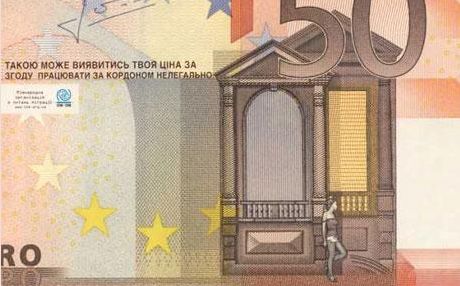
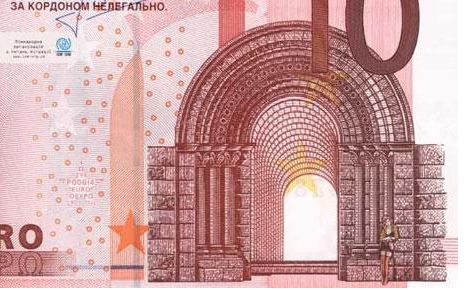
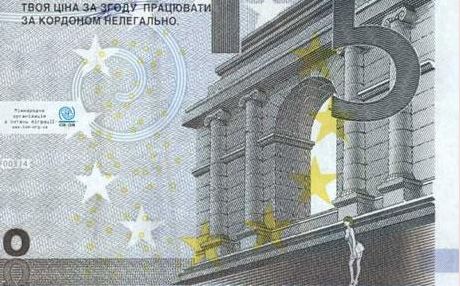
Other examples:
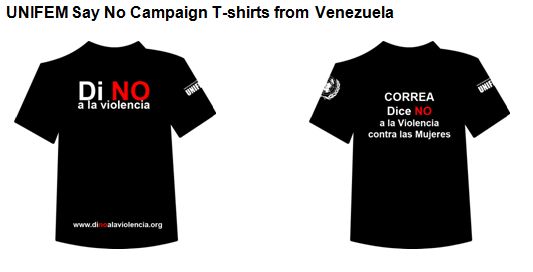
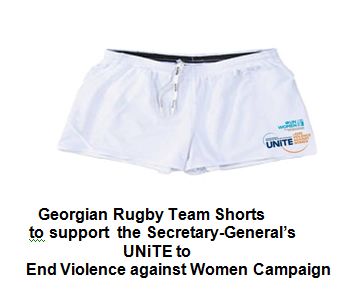
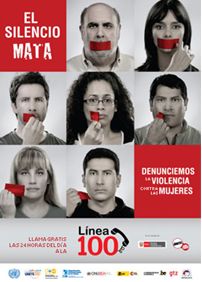
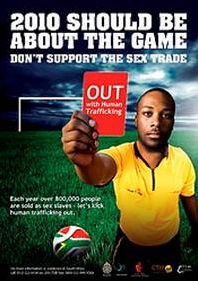
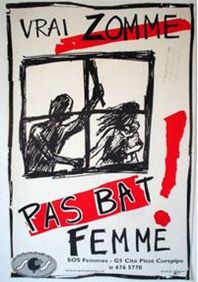
Links to Materials:
The Communications X-Change Website.
Media Materials Clearinghouse Website.
Say-No UNiTE to End Violence against Women Website.
Banco de Buenas Prácticas Website.
The Gender-base Violence Prevention Network Website.